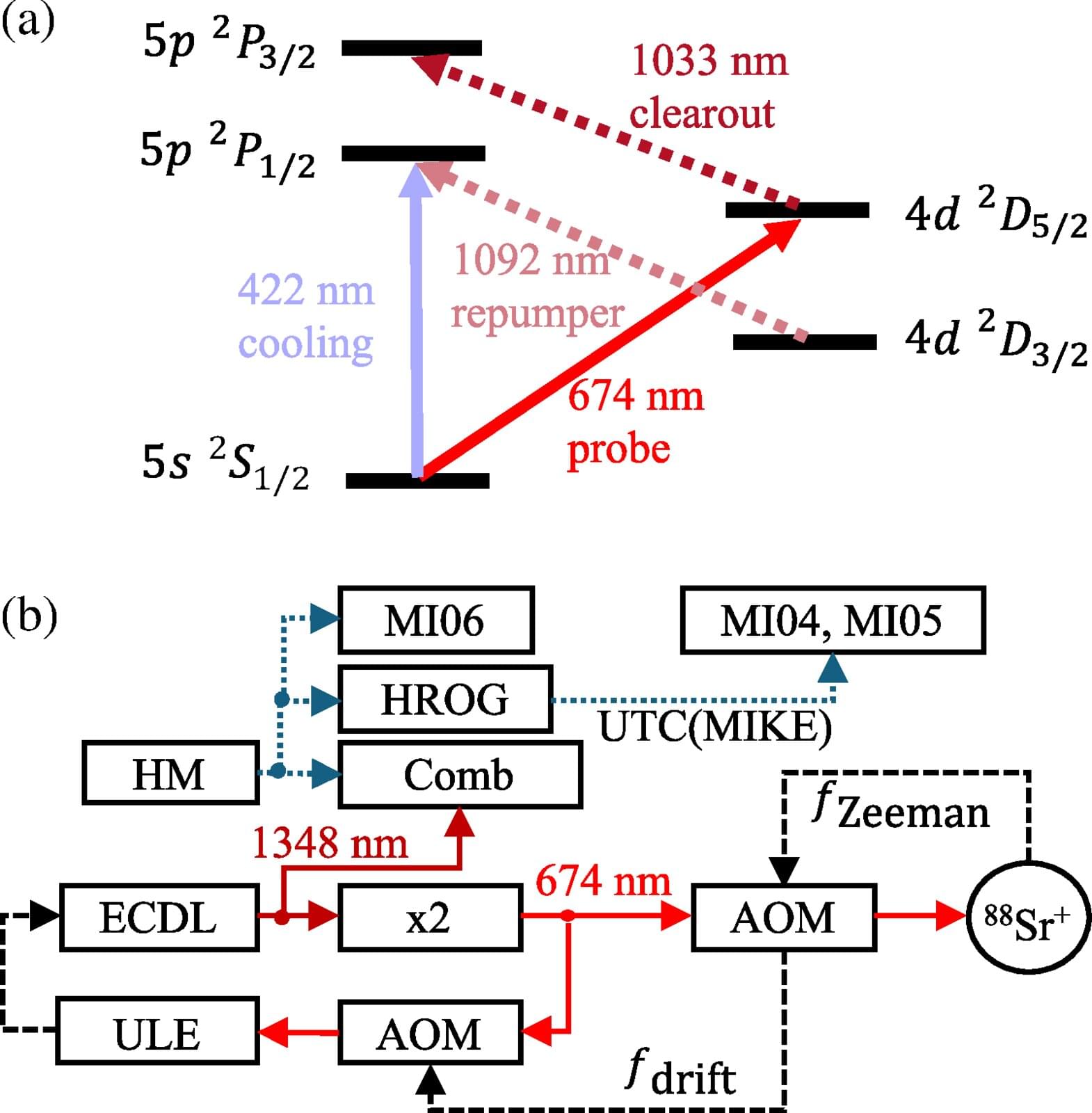California State University, Sacramento, researchers traced how disordered childhood social worlds in women connected to faster life history traits and greater mating effort, with those traits explaining 22.2% of the association between childhood microsystems and adult sexual behavior.
Life History theory treats childhood ecology as a starting point for strategies that govern survival, mating effort, and parental effort. Mating effort involves behavior that increases access to sexual opportunities, while parental effort involves investing time and resources so children survive to reproduce.
Faster strategies align with earlier sexual debut, more short-term mating, more lifetime partners, and more offspring at younger ages. Slower strategies align with later sexual debut, safer reproductive behavior such as monogamy and contraceptive use, fewer lifetime partners, and greater parental investment.









